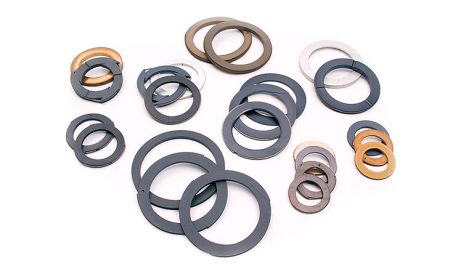P2P payment processors are becoming increasingly popular, particularly among small businesses and individuals who need to send or receive payments quickly and easily. However, with so many different options on the market, it can be difficult to know which one is right for you. In this article, we’ll take a look at everything you need to know about P2P payment processors, including how they work, the fees involved, and the pros and cons of using one.
P2P Payment Processors: How do they Work?
A P2P payment processor is a piece of software that allows users to send and receive payments between two parties without the need for a bank or other financial institution. Instead, the process is facilitated by the P2P payment processor itself.
To make a payment using a P2P processor, you’ll first need to create an account with the service and link it to your bank account or debit card. Once your account is set up, you can then start sending payments to other users. The process is usually very simple and can be completed in just a few clicks.
When you make a payment using a P2P processor, the funds are typically transferred instantly, meaning that the recipient can receive the money right away. This is one of the key advantages of using a P2P service over traditional methods like bank transfers, which can often take several days to process.
Fees and Charges
One of the main considerations when choosing a P2P payment processor is the fees involved. Most P2P processors charge a small fee for each transaction, which is typically a percentage of the total amount being sent. For example, if you’re sending $100 using a P2P processor with a 2% fee, you’ll be charged $2 for the transaction.
It’s also important to be aware of any other fees that may apply, such as currency conversion charges if you’re sending money to another country. Some P2P processors also charge monthly or annual subscription fees, so be sure to check the terms and conditions before signing up.
Pros and Cons of Using a P2P Payment Processor
There are several advantages to using a P2P payment processor, including the following:
- P2P payments are usually processed very quickly, often within minutes.
- You don’t need a bank account or credit card to use a P2P processor, which makes them ideal for those who are unbanked or underbanked.
- P2P processors typically have lower fees than traditional bank transfers or credit card payments.
However, there are also some disadvantages to using a P2P payment processor, including the following:
- Some P2P processors have high fees, particularly if you’re sending money internationally.
- You may need to pay monthly or annual subscription fees to use some P2P processors.
- There’s always a risk that the P2P processor could go out of business, which would mean you’d lose access to your funds.
Overall, P2P payment processors can be a convenient and cost-effective way to send and receive payments. However, it’s important to compare the fees and charges of different processors before choosing one. And, as with any financial service, there’s always a risk that the provider could go out of business or otherwise become unavailable, so be sure to choose a reputable and well-established provider.





